Elie and Earlsferry is among the most desirable place to live in Scotland.
Tucked away in Fife’s East Neuk, they were originally two separate burghs but united in 1929.
The 11th century Earls of Fife ran a ferry across the Firth of Forth for pilgrims heading to St Andrews, which is where the village earned its name.
However, Elie was better known for its safe harbour and wide sweeping bay.
And it’s that bay, surrounded by walks, cliffs and stunning views, that still attracts holidaymakers today.
Sitting west of St Monans and Pittenweem, Elie and Earlsferry is home to fewer than 700 people.
Among them is former nurse Shona Jones, who now runs her own successful ice cream shop, LJ’s.
And she agreed to tell us her five favourite things about her home.
1. Ruby Bay
“The Covid pandemic made me appreciate where I live more because you couldn’t drive anywhere,” says Shona.
“We live right by Ruby Bay and every night my husband and I would walk along that way.
“We would go to the lighthouse and Lady’s Tower and we often had the beach to ourselves.
“It’s just so beautiful and tranquil and we’d just sit together and look.
“You can see along to St Monans on one side and if you walk along that way you come to Ardross Farm, which has a wonderful farm shop.
“On the other side, you look along to Elie and you’ve got North Berwick and Portobello across the water.
“I just love it there and it’s definitely top of my list.”
2. Elie High Street
“My childhood home was on Elie High Street and I enjoyed all the to-ing and froing.
“What I love about it is we have a nice collection of independent businesses that are family owned and run.
“That appeals to me and I hope we never lose it.
“We’ve got Barnett’s the Bakers, a proper East Neuk bakery.
“Elie Deli, Appleton’s newsagent and the Harbour Gift shop are all very good and family-owned.
“And there are also pubs and restaurants – the Station Buffet is my local and the Ship Inn just round the corner is also great.
“And of course there’s the most fantabulous ice cream shop there as well!
“Aside from the businesses, Elie and Earlsferry History Society have a display of photographs of the village through the years at the bus stop on the High Street.”
3. Elie Watersports
“I spent a lot of my childhood in that bay learning to windsurf – quite badly, although I did have my moments!
“It does bring a lot of people to the village. What safer place to learn watersports?
“They do water skiing, sailing training, kayaks and paddle boarding, which is the in thing at the moment.
“And during the season, there’s a club called Urchins and it’s just for kids.
“They hire the wetsuits and try all different watersports activities. I think that’s great as it’s giving them a taste of everything.
“Hopefully when they’re adults, they’ll bring their own kids down here.
“That’s the beauty of Elie. We’re pleased and proud to live here and people want to come.”
4. The cliffs at Kincraig Point
“The big cliffs along at Earlsferry are called Kincraig Point.
“It’s not an easy walk to get up there but it’s a very peaceful place and you get some very bonny views.
“According to local history, Macduff hid in a cave at Kincraig when he was trying to escape from Macbeth.
“He stayed there until the fishermen could get him away across the water.
“Macduff owned the land on both sides of the Forth and later donated what became known as the Earl’s Ferry, hence the name of the village.
“The Elie and Earlsferry History Society have walks on their website where you can learn the history as you go.”
5. The view from Chapel Green
“It’s impressive because you can see Elie and Earlsferry right in front of you. It’s beautiful.
“Not everyone can get to Kincraig because it’s really high and there are a lot of steps.
“However, a lot of people like to walk along Chapel Green.
“There’s a Second World War machine gun post there and the views over the Forth and along to Elie are absolutely stunning.
“Although the chapel itself is just a ruin now, the remains date back to the 11th century.
“The history society has information boards there that tell you all about it, as well as the history of the village.”
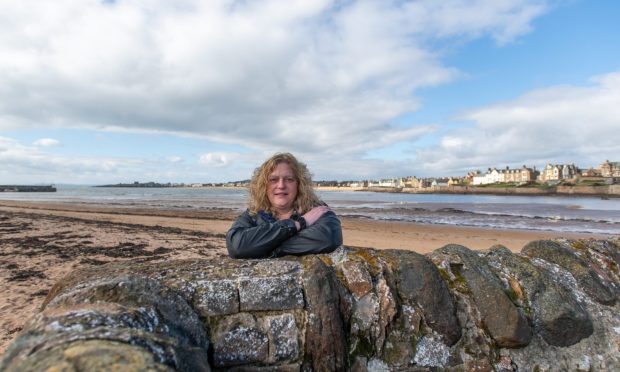
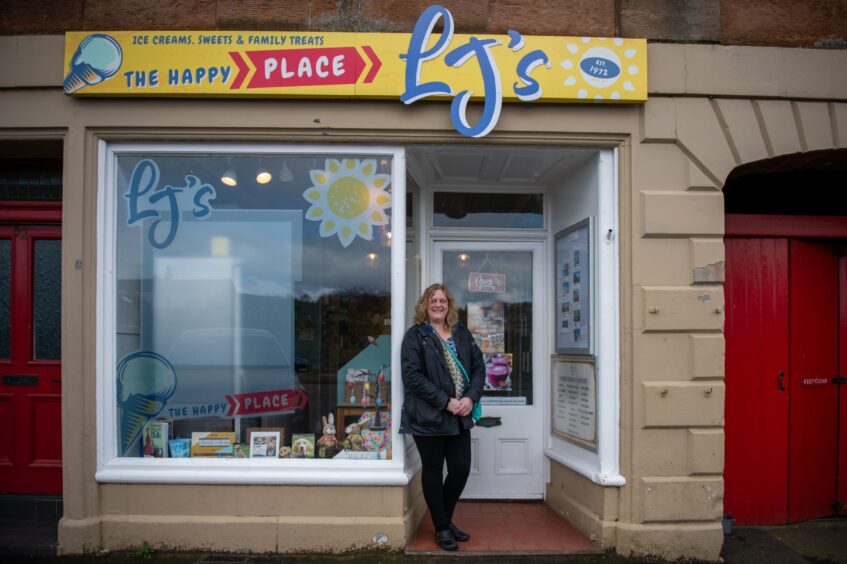
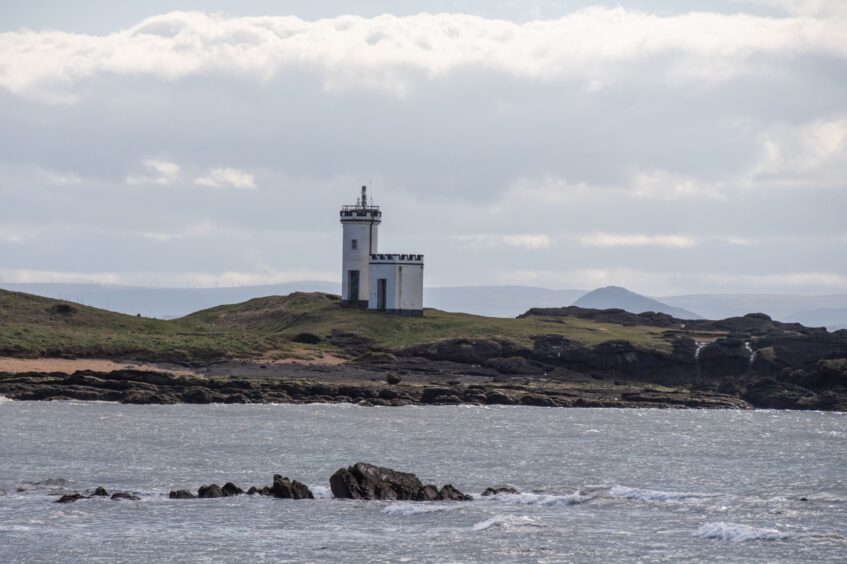
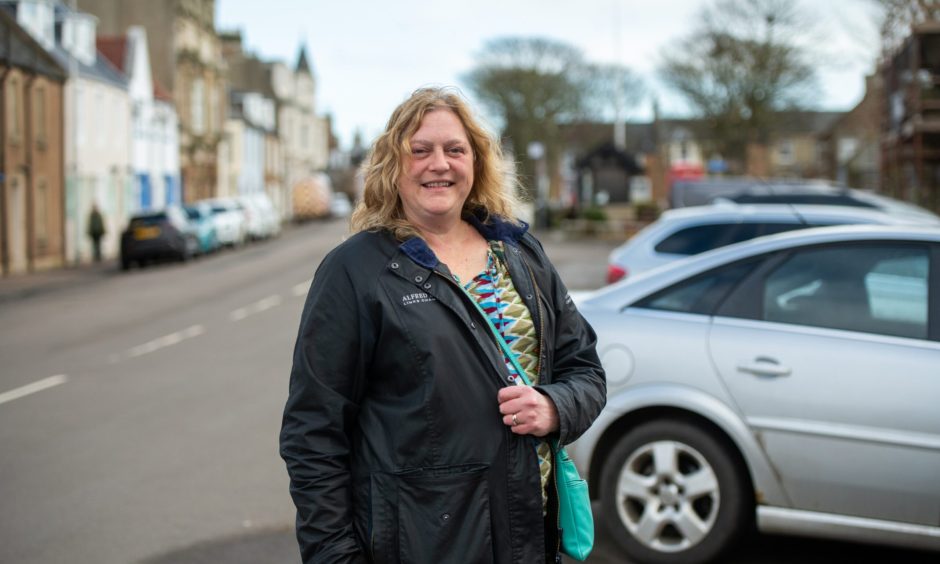
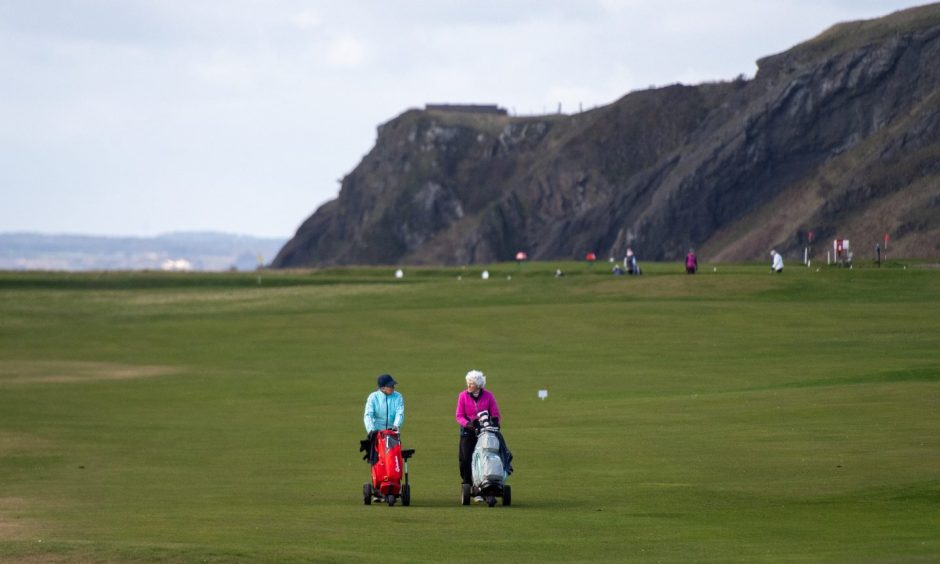
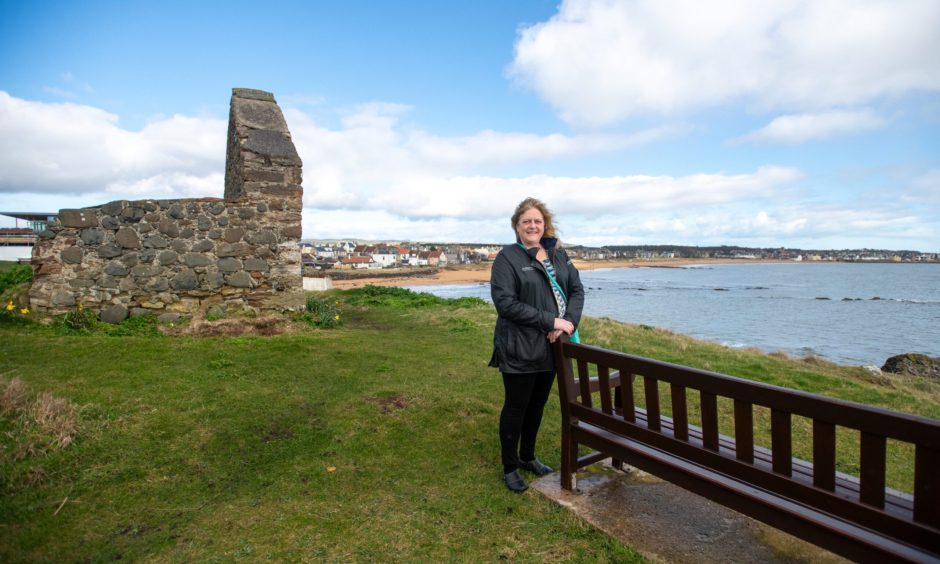
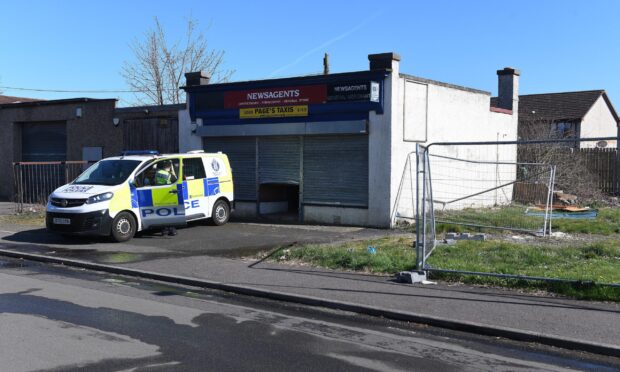
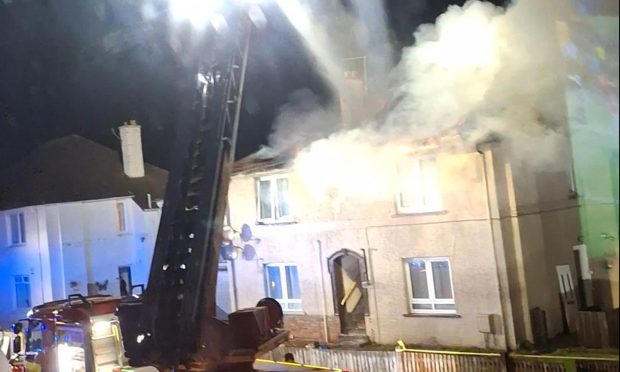


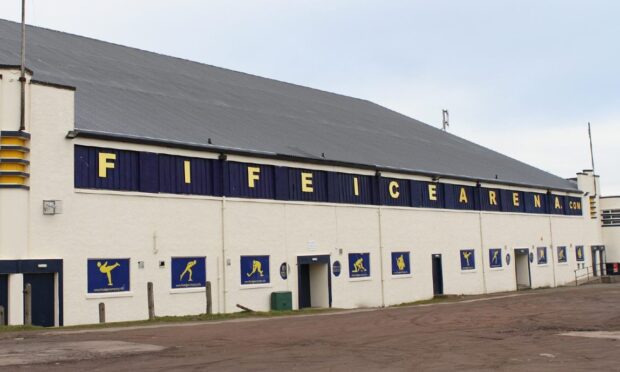
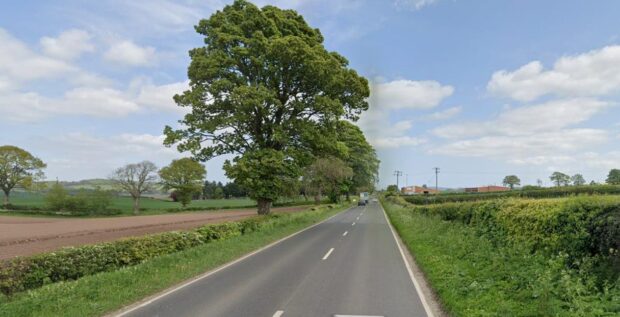

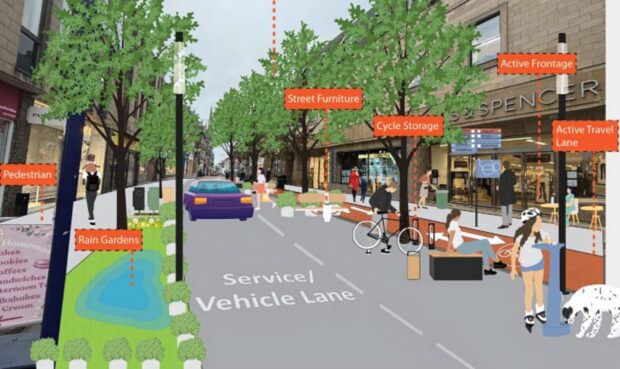

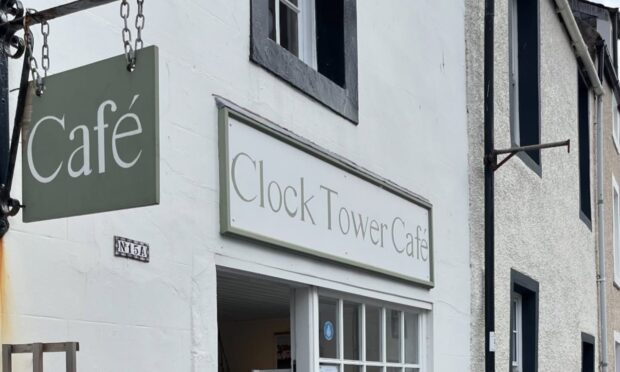
Conversation